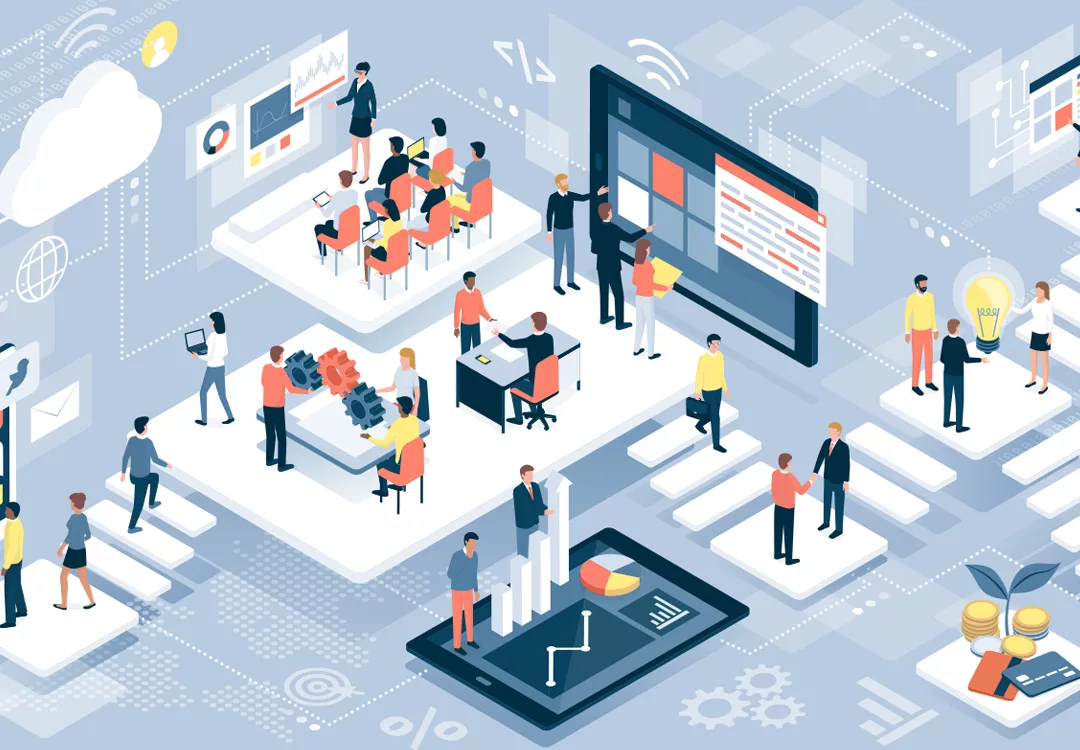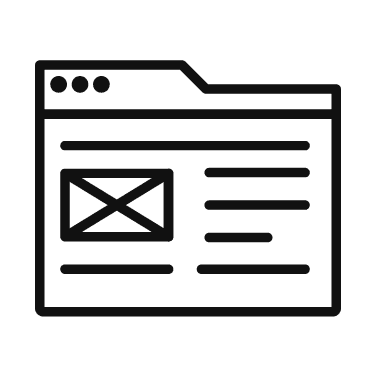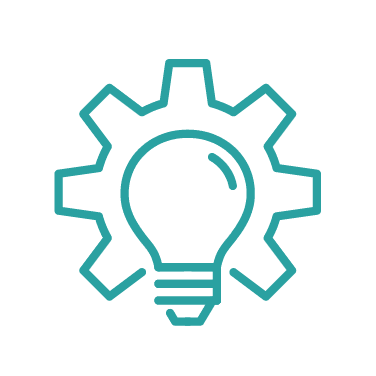
Simply having a good product or service is no longer enough to grow your business.
The marketplace is crowded, and competitors want (and will try) to take your clients away from you. In order to prevent that from happening, you have to deliver an exceptional client experience – over and over again – on top of having a good product or service.
According to a Salesforce survey, 80% of customers say a company’s experience is as important as its products or services.
This is where an intentional customer engagement model can make all the difference.
A customer (or client) engagement model is a framework for how a business should engage with customers at every stage of the customer journey. A solid customer engagement model should be intentional, repeatable, and tailored to the unique needs of your customers.
It’s been stated that the secret to success for many brands (such as Starbucks) is largely tied to the quality and consistency of the customer experience.
Not only will an intentional customer engagement model help you better train your team, but it will also build better relationships, ultimately improving your customer loyalty (which is necessary for sustainable business growth).
So how do you create a customer engagement model that fits your business and serves your customers?
Start by mapping out your current customer journey complete with all current touchpoints and potential areas of friction. Focus in on the transition from sales to engagement, through the engagement, and identify areas where client attrition tend to exist (for example: contract renewals).
Consider things such as:
- How you welcome a new client into your company. Do you celebrate closing their deal with them? How do they get to know your team?
- How you onboard your clients. Is it seamless and easy or a pain in the you-know-what?
- How you transition your new client from the sales team to the service delivery team. Do they feel “handed off” or warmly introduced?
- How the client is feeling throughout the engagement. What are the highs and lows? Are there ways to amplify the highs and mitigate the lows?
- What customer relationships are the strongest? Why? How can that be repeated?
- What are your touchpoints throughout the service delivery process? Are you engaging with all of your customers in a consistent way?
- What are typical ‘warning signs’ for a fledgling client relationship?
From there, you can identify ways to reduce friction or add fuel to create a more optimal client experience.
To learn more about how reducing friction or adding fuel can impact decision-making, check out the Hidden Brain Podcast titled, ‘Success 2.0: The Obstacles You Don’t See’ featuring Loran Nordgren, A Professor of Management and Organizations at the Kellogg School of Management.
Once you’ve established the ways in which you want to reduce friction or add fuel, create an ideal state of your customer journey, honing in on the stages between conversion through the end of the customer lifecycle.
Be sure to include:
- Defined stages (these will help with creating a shared language amongst your team)
- Context (what is happening during the stage)
- Assigned touchpoints and channels (who is communicating with your client and through what channels)
- Cadence, duration, and other details your team will need to know in order to deliver on your ideal state
That ideal state will ultimately become the model for how you engage with your customers over time – it becomes your customer engagement model!

Add Even More Fuel by Marketing to Your Existing Customers
It has long been said that it costs 5-7 times more to acquire a new customer than it is to keep one – so why do so many marketing strategies completely ignore existing customers?
Acquisition might be sexy, but customer retention is crucial for long-term business success.
In fact, studies show 65 percent of a company’s business comes from existing customers, but most only spend 21 percent of their marketing budgets on customers they already have.
To bolster retention rates, consider investing more resources into marketing to your existing customers through activities such as the following:
- A well-designed customer loyalty program
- An email nurture campaign
- 1:1 relationship building activities such as inviting clients to coffee, lunch or dinner
- A thoughtful client gifting strategy
- Content marketing that shares product or service-focused, tutorial style blogs, videos, and webinars
- Remarketing advertisements to keep your brand top-of-mind for clients
Additionally, be sure to regularly ask your customers for feedback.
No matter how strong your relationship is with your customer base, or how much you think you already know about them and their problem/needs/wants, establishing a strategy and process to capture regular feedback is essential for business growth. Not only will it help you better understand how your customers think about your products and services, but it will help you identify pain points or opportunities for future development (translation: innovation!)
How to Create Your Marketing Budget to Take Into Account Current Customers
It’s important to establish a marketing budget that takes into account the marketing activities that specifically target your existing customer base, but don’t make the mistake of looking at your customer service/service delivery budget as your retention budget.
B2B companies should spend between anywhere from 2 to 5 percent of their revenue on marketing depending on their unique growth goals. If you want to grow more, it’s likely you’ll need to spend more (this 2020 CMO Survey shows that companies spend an average of 12 percent of the overall budget on marketing).
Additionally, we recommend earmarking at least 15% of your marketing budget for retention activities. So if your marketing budget is $200,000 annually, $30,000 of that should be spent on customer retention and the remaining $170,000 should be spent on customer acquisition.
Whatever your budget might be, it should take into consideration your company size, stage of growth, and the importance of marketing on sales within your industry, among a number of other factors.
Establishing Marketing Goals and Objectives
From there, establish a set of goals and objectives for your marketing efforts for the year. For example, if you are a professional services firm and your goal is to grow your business 30% next year, start by identifying what that looks like in revenue. To keep the math easy, let’s say that 30% is equivalent to $300,000 and your customer lifetime value is approximately $50,000. That would mean that you need to acquire 6 new customers next year.
Then, take a look at your win/loss rate and determine KPIs for your marketing, for example:
- How many marketing qualified leads (MQLs) does it take to get to a sales qualified lead (SQL)?
- How many SQLs does it take to close a deal?
If it takes you 100 MQLs to get to 1 SQL, and it takes you 3 SQLs to close a deal, you will need at least 300 MQLs for every 1 deal you want to close.
Now you have something for your marketing team to drive toward! But remember, new customers are only going to grow your business if you are simultaneously retaining your existing customers.

Need Help Creating a Customer Engagement Model for Your Business?
Through our Client Engagement Mapping exercise, we collaborate with your team to create a visual representation of the interactions you have with your clients including channels, frequency and timing of communication in order to identify key moments of influence, client pain points, opportunities, and areas for improvement.
Includes:
- Current state mapping of full client engagement, from onboarding to nurture
- Opportunities for friction or fuel along the engagement
- Potential obstacles, internally or externally
- Future state map of communication strategies for each stage of the client engagement
- Rollout plan for launching your client engagement model
Contact Miles today to schedule a brief consultation to learn more about how OTM can help you create a customer engagement model, retention strategy, or marketing budget.
Founded in 2007, OTM is an award-winning creative agency with a flair for business. Our team is made up of strategists, enthusiasts, and visionaries who are propelled each and every day by the idea of helping our clients grow. With headquarters in Fort Collins, Colorado, our team hails from around the entire United States and works with businesses that span the globe.


